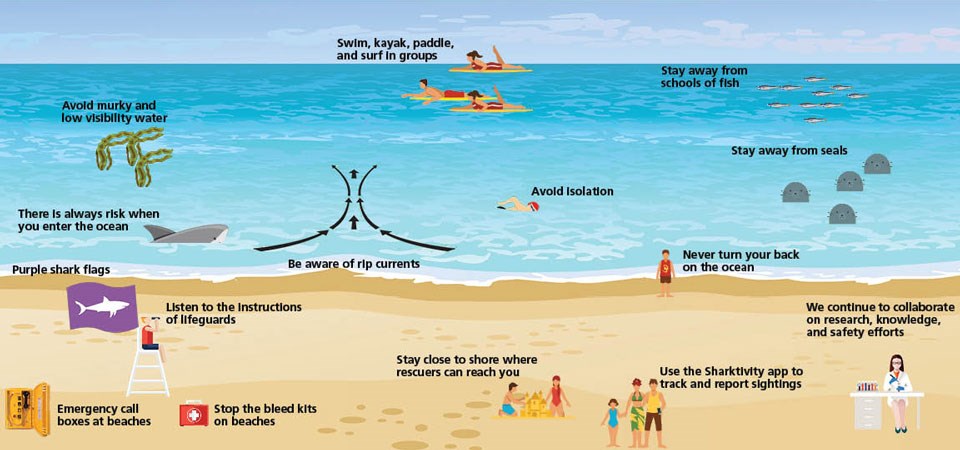What Is a Riptide & What To Do If You Get Caught In One
Crysta Goff February 23rd, 2022 Posted In: Articles
What Is a Riptide: Know Before You Go
Rip currents, also falsely known as rip tides or undertows, are the number one hazard on surf beaches. R.I.P is a nickname linked to these currents for good reason! They account for over 80% of rescues performed by surf beach lifeguards, resulting in over 100 drowning fatalities per year in the US alone. You don’t want to be the next victim to these gnarly beasts!
While getting caught in one may sometimes be unavoidable, there are things you can do to prevent serious danger to yourself and others. Knowledge is key. KNOW BEFORE YOU GO.
What Is a Rip Current?
So what is a riptide? Rip currents are long, narrow streams of water that flow quickly away from the shoreline toward the ocean. They form when waves break near the shoreline, piling up water between the breaking waves and the beach. Water that moves toward the shore must go back into the ocean somehow. This water sometimes returns to the ocean via rip currents. When wave activity is light, several low rip currents can form. And when wave activity is high, more concentrated (dangerous) rip currents can form.
Why Are Rip Currents Considered to Be So Dangerous?
The danger of rip currents lies in the size and strength of the current itself; as well as the person’s ability to swim and handle the situation. You may have experienced one before and barely felt a thing. But don’t ever underestimate these bad boys. Most rip currents typically reach speeds of 1 to 2 feet per second, but it’s the bigger ones you have to worry about.
Big rip currents have been measured at 8 feet per second (about 5 mph). Which is faster than any Olympic swimmer ever recorded!! Even the strongest swimmers cannot swim against these currents. The chances of drowning are just too high.
Where Do Rip Currents Usually Occur?
You can usually spot rip currents around low spots in the ocean floor near the shoreline, or in breaks between sandbars. They can also form around human-made structures like jetties and piers.
*(Jetties are a landing stage or small pier where boats can dock or be tied off)*
How Can I Spot a Rip Current?
Rip currents can sometimes be difficult to spot, but there are tell-tale signs that one is close by if you know what to look for.
- Areas where waves aren’t breaking.
- Areas where there is a lot of foam, seaweed, or debris moving away from the shore.
- Dark, discolored water being pulled offshore.
Here’s a helpful YouTube video that may help explain what is a riptide and show you how to spot a rip current.
What to Do if You Get Caught in a Riptide
If you ever find yourself caught in a rip current, the number one thing you’ll want to remember is to STAY CALM. Panic can lead to exhaustion, and easily cause someone to mishandle the situation. You can very carefully wave your arms and yell for help. A lifeguard will come to your rescue as soon as they see/hear you.
If you’re able, you can swim parallel to the shoreline to get OUT of the current. If you’re unable to swim parallel to get out of the current, you can always allow the current to carry you out to sea until you reach the point where it weakens. Rip currents typically stay close to shore, and weaken just beyond the line of breaking waves. Just don’t ever fight the current. You won’t win.
Further Tips/Tricks to Help You Prevent Danger:
- Identify the nearest lifeguard before heading out into the water
- Swim with a buddy
- Check surf zone forecasts and rip current statements ahead of time
- Bring a flotation device



This was so helpful for my school project in science! Thank you so much!
I’m sorry; this was for your undertow article
Thanks for clearing up which article you were referring to. I’m glad it was helpful! (: